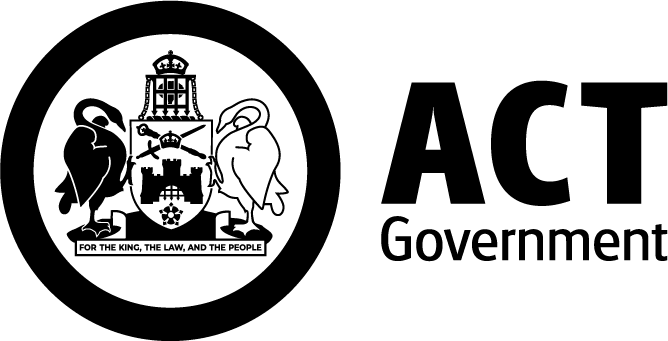Fuel Management
ACT Parks and Conservation Service (ACT PCS) Fire manages around 73% (roughly 187,000 ha) of land in the ACT and the Googong Foreshore in NSW. They run a comprehensive bushfire fuel management program to:
- reduce fire behaviour and severity
- improve firefighter safety
- increase the chances of controlling fires
- reduce the impact of bushfires on natural and built environments.
They manage bushfire fuels through:
- reduction
- removal
- conversion to less flammable types.
Their activities are outlined in the Bushfire Operations Plan (BOP). This supports the ESA's Strategic Bushfire Management Plan (SBMP).
Prescribed burns
Prescribed burns help to prepare for fires season. These take place in rural areas of Canberra and the Googong Foreshore.
Find out more about prescribed burns.
Grazing
ACT PCS runs an intensive grazing program covering 6,500 ha across 75 land parcels in the ACT. Grazing helps reduce fuel levels by physically removing and compacting it. It can be part of regular agricultural activities or targeted for fuel management.
Strategic grazing considers:
- grass fuel loads
- management goals
- grass height, cover, and type
- biodiversity in adjacent areas.
Grazing occurs in areas with suitable feed, fencing, water, and where it supports conservation. It’s generally not suitable near properties or recreation areas. The PCS team uses their skills in fuel management, grass production and animal grazing to achieve the best outcomes.
The grazing stock is privately owned and managed under a license.
Slashing and mowing
PCS regularly mows:
- parkland
- public open spaces
- road verges.
A fuel reduced zone is created by keeping grass at specific heights. To do this, the PCS team mows strips of grass at 10–30 m wide. In peak grass growing season, up to 100 mowers are used to mow over 5,600 hectares at least twice a year.
Physical removal
Physical removal involves using machinery and labour to remove or reduce fuels. This can include:
- hand or machine felling of vegetation
- chipping or removing material from the site
- and thinning and pruning trees and shrubs near assets.
Physical removal may be used to create a vegetation structure that’s easily maintained by other treatments like slashing or burning.
Access management
Effective access is crucial for bushfire management. Ground and aerial access ensures we can contain fires before they escalate. Fire access in ACT includes:
- roads
- tracks
- trails.
This supports fire prevention, readiness, and response. Managing access is divided into 4 areas:
- maintenance
- upgrade
- construction
- vegetation removal.
PCS manages approximately 3,218 km of roads and fire trails in the ACT. It ensures they meet the necessary standards for operational requirements and wildfire suppression.
Road classification
Fire roads, tracks and trails are given the below classifications to guide response agencies:
- Float road: an access road or trail suitable for a low loader float carrying heavy equipment.
- Tanker road: a fire trail for heavy tankers and tippers carrying small bulldozers.
- Light unit trail: a fire trail for light units.
- Dormant fire trail: a trail that is not maintained but can be quickly reopened.
Road and ground maintenance
Ground access works upgrade and maintain road pavements in ACT parks and reserves. They are maintained often to ensure reliable access.
Mechanical mulchers are used to clear vegetation obstructing access.
The Fire Management Unit within PCS commits many resources for daily maintenance. This includes:
- graders
- trucks
- rollers
- excavators
- and backhoes.
Contact
Stay informed by following the ACT Parks and Conservation Service at:
- X (@ACT_Parks)
- Facebook (@ACTParks)
- Instagram (@ACTParks)
